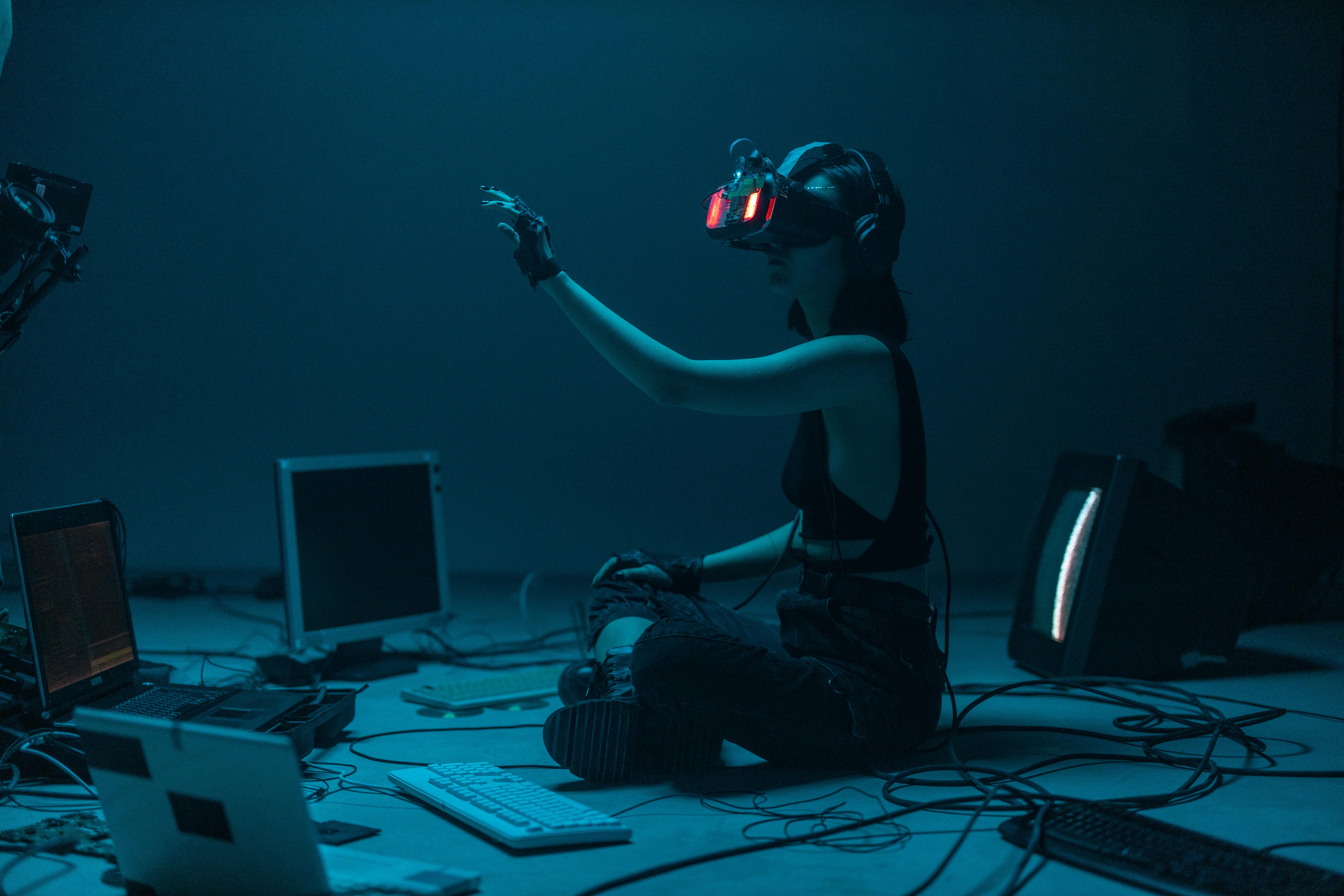Exploring AI's Perception of Ideal Beauty: Defining the Perfect Man and Woman

In the realm of artificial intelligence, perfection is often construed as complying with predefined norms or standards rather than expressing uniqueness or singularity. Consequently, this notion of 'perfection,' as viewed by artificial intelligence, is mainly dominated by societal conditions, perceptions, and biases. It's a paradox that, despite supporting the idea of perfection, these standards and norms often fall short of encompassing the individuality and uniqueness of human nature.
Artificial Intelligence and Its Understanding of Humanity
Artificial intelligence, a sophisticated branch of computer science, is vivaciously capable of learning, adapting, and interpreting massive amounts of data. Essentially, it models human intelligence by learning from examples and exceeding at processing broad and complex datasets. AI predominantly functions on pattern recognition, attempting to extrapolate and predict outcomes based on input data. However, it's crucial to note that AI's understanding of humanity might not wholly include the essence of human diversity and individuality due to the perceived bias in the underlying training data.
The Interpretation of Perfection by AI
The understanding of perfection by AI is fundamentally influenced by societal standards of beauty, as they form much of the data AI is trained on. In current society, the concept of beauty often gravitates towards particular features, shapes, and colors. These features that form the crux of both online and offline media, educate AI models about human aesthetics, inadvertently influencing its definition of perfection.
This scenario brings to light an essential question- when AI is asked to generate an image of a 'perfect' man or woman, would it reproduce the base societal standard? Or might it envision a more diverse perspective?
Machine Learning Models and the Visualization of Perfection
Machine learning models are AI algorithms that are capable of generating new content after learning from a pool of information. OpenAI's tools, like DALL-E and BigGAN are such models, which can generate images by effectively interpreting the given inputs. As a rough sketch, if AI is asked to channel the image of an 'ideal woman' or 'perfect man,' the model would essentially base its response on the data it has been trained on, highlighting the societal beauty standards prevalent around our globe.
Relevance of Inputs: AI’s Perception of Perfection
In the context of AI and its understanding of 'perfection,' the quality and scope of input data play monumental roles. AI, in its existing form, does not have the autonomy to discern 'ideal beauty' or 'perfect human,' without being trained on pre-existing notions of beauty. The essence of the sense of 'perfection' is inherently subjective and varies among individuals. Therefore, AI could depict the 'perfect human' based on bias, societal norms, or universally accepted beauty standards rooted in its training dataset.
The Impact of Cultural Representation on AI’s Perception
It is crucial to realize the role of AI in reflecting societal preferences and values based on the diversity reflected in training datasets. Equal representation of different ages, races, genders, and body sizes can ensure a more wholesome, inclusive depiction of human beauty and perfection. The lack of such diverse representation in training data can influence AI’s perception of perfection and potentially reaffirm harmful stereotypes and standards of beauty.
Conclusion: AI and the Diverse Faces of Perfection
The notions of beauty, attractiveness, and perfection are profoundly subjective and should ideally be representative of the wide-ranging diversity and individual uniqueness that underscores humanity. Therefore, while AI provides us with an exciting technology that can better understand and simulate human intelligence, it is crucial to shape its learning with balanced and diverse data to avoid a skewed representation of 'perfect humans.' The future of AI lies in harnessing this tool's potential in a more inclusive way, to capture and celebrate the wide spectrum of human beauty and perfection.



